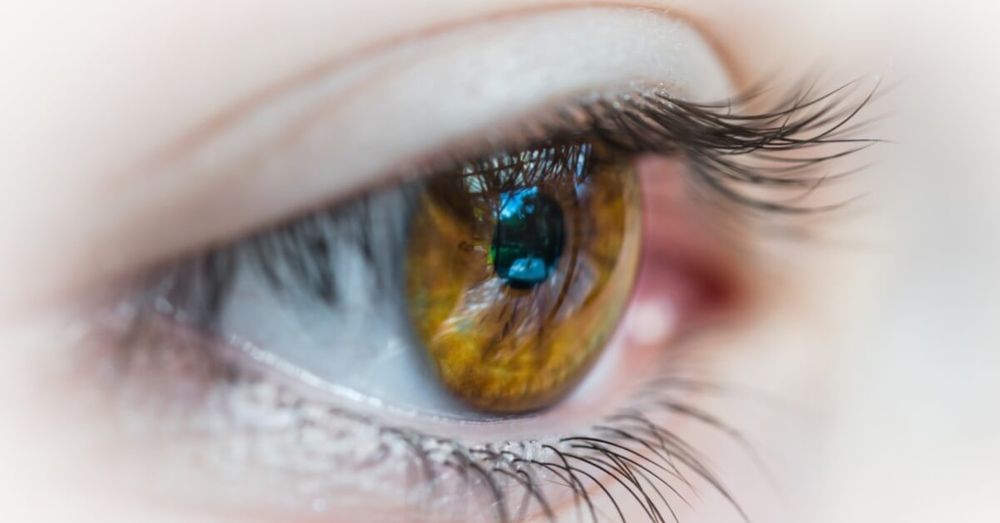If you’ve lived in sun-soaked Central Texas for a decade or so, you might be hearing the word “cataract” get mentioned with increasing regularity. A cataract is defined as “a clouding of the lens inside the eye.” It causes vision loss and cannot be corrected with glasses; instead, it has to be corrected with contact lenses, or a procedure such as a corneal refractive surgery. But, as concerning as this all may sound, we’re fortunate to live in the age of modern medical advances, and there are always new technologies surfacing to make curing vision ailments easier and more available to cure. Modern cataract surgery usually restores the lost vision and can even reduce how much you have to depend on eyeglasses in the future.
Cataract Issues In Your Vision
In general, most cataracts diagnoses happen to people who are over the age of 50, mostly because it’s linked to the aging process. It’s a pretty common ailment among aging US citizens. The prevalence of cataracts is actually anticipated to grow significantly in the next couple of years due as the aging population makes up a majority of the US population. But modern cataract surgery is actually one of the safest and the most effective type of surgical procedure available today. One of the most interesting types of cataract surgery is refractive surgery.
What is Refractive Surgery?
Refractive surgery is a merely a title for a variety of surgeries that work to reform the cornea and help reshape the dome at the front of your eye. It’s not very invasive, and is performed on an outpatient basis, so you won’t have to stay overnight in a hospital or other health care facility. Some cataracts surgeries consist of using a high-frequency ultrasound device that will break up the cloudiness in the lens into smaller pieces which are then easily and quickly removed from the eye with a suction device. That type of cataract surgery features very small incisions that allow for quick cataract removal and quick healing and the reduction of any risk elements associated with cataract surgery and potential retinal detachment.
After the cloudiness has been removed from your lens, your ophthalmologist will then install an intraocular lens that is positioned behind the iris and pupil
Refractive surgery often features laser applications instead. These lasers reduce the need for actual surgical blades and allow a skilled ophthalmologist to create corneal incisions which allows your doctor access to the lens. They can also remove the anterior capsule within the lens and fragment the cataract so no ultrasound energy is needed to break it up and remove it. These laser tools also allows them to create a peripheral corneal incision which completely reduces astigmatism, though this is only done if it’s needed.
Contact Round Rock Eye Consultants
While the procedure is fascinating, it’s also totally safer and grows safer and more effective with each progressive technological discovery that rises to the top. If you’re concerned about your cataracts and you’re looking for a better way to treat it, we may have the answer for you. Reach out to Round Rock Eye Consultants to find out more about what sort of operation and treatment would best fit your cataracts case.

